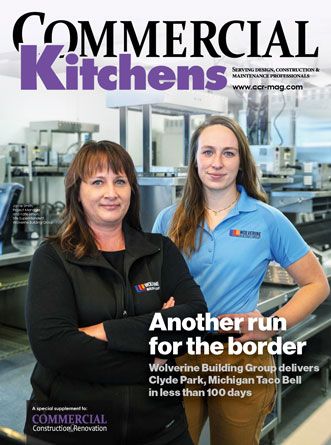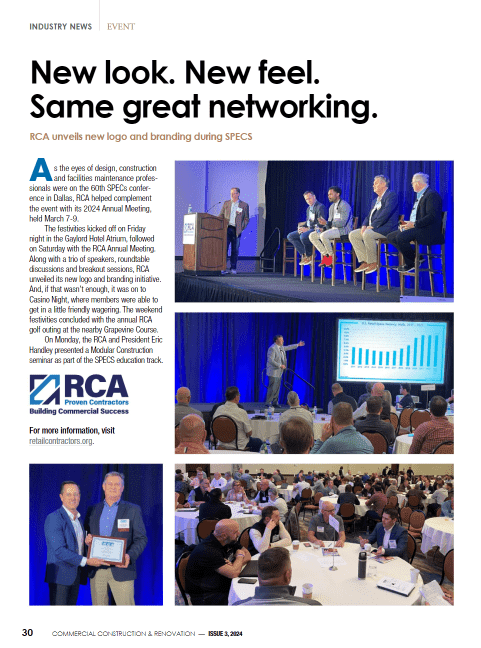We live in a connected world where the ability to use our smartphones to access the internet and to send and receive text messages and calls is no longer a luxury but an indispensable necessity. This is particularly true when entering a building, where an estimated 80% of all wireless connections are made.
Some compare the expectancy of adequate indoor wireless signal strength or “four bars” to be like a utility service that provides water, electricity, heating, and cooling. However, indoor venue operators are often challenged to provide the signal needed to support wireless users. This demand to provide nearly ubiquitous indoor wireless connectivity is driving a solution spend on indoor antenna systems that is expected to reach $19B by 2025*.
The need for indoor signal and capacity extends across a broad swath of in-building wireless users. For example, a hotel operator faces losing guests if wireless dead zones exist in their rooms or meeting areas. A commercial office building developer will be challenged to fill their office space without an excellent wireless signal to support their prospective tenants’ business needs.
Also, the Internet of Things (IoT) and its applications are dependent on the in-building wireless signal. Building automation, inventory tracking, and security systems rely on ubiquitous coverage.
Protecting Public Safety
Not to be left out is the requirement of excellent indoor wireless signal for our firemen, police and first responders who rely on radio communications to provide public safety service to in-building occupants. Many municipalities now require that landlords demonstrate that first responder radios will work in their buildings. In some cases, certificates of occupancy will be delayed until in-building antenna systems are installed that enable radio communication per municipal ordinances.
There are several significant challenges to providing in-building wireless signal and capacity. These challenges include the architectural characteristics of the building, cost of the solution and the complexity of procuring the technology needed to solve the problem. Many newer buildings utilize building materials such as coated glass that shield the interior of the building from an outside signal.
Some buildings have very dense interior wall structures that limit the distribution of signal throughout the facility. Others may have underground offices or parking. The characteristics of the building design and the proximity of the building to nearby cell sites and towers impact in-building coverage.
Distributed Antenna Systems (DAS)
The cost of purchasing and deploying in-building wireless networks can be significant. Indoor distributed antenna systems (DAS) that support multiple wireless carriers can easily approach $1.50 to $3.00 per square foot or more. Contributors to cost include the electronic components that support various frequencies and technologies, labor associated with installing lengthy runs of coax and fiber cable, and the professional services fees for engineering and project management required for a successful deployment.
In some cases, the wireless carrier (AT&T, Verizon, Sprint, T-Mobile) may provide funding for the project. However, increasingly the enterprise is left to self-fund the deployment or partner with third-party operators to offset the system costs.
With the demand for in-building systems has come the development of an increasing number of technologies and equipment options designed to provide indoor wireless signal and capacity. Systems known as DAS (distributed antenna systems) using coax cable and passive components were very commonly deployed in the early years of the in-building wireless industry. Complex fiber and hybrid coax/fiber DAS system architectures are now utilized in larger venues where adequate signal and network capacity are required.
Adding to the mix are new technologies featuring converged network capabilities that support not only cellular users but also a host of applications like building automation and security systems. Digital technologies are now available that allow for cloud-based control of the network and reduction of the size of space and power needed to support the network.
Steps for Addressing In-building Wireless Needs
So how does a landlord or facility manager navigate the complexities associated with purchasing and deploying an in-building antenna system that meets their objectives? The utilization of consultants and third parties have become an accepted option for venue owners. Typically, the consultant will begin with an in-depth assessment and diagnosis of the wireless needs of the client. This includes an evaluation of who needs coverage, for what purpose, and where it is needed. Radio frequency benchmarking studies may be conducted to understand the wireless environment inside and around the building.
The wireless carriers may be contacted to discuss their requirements for approving systems. Systems that support public safety radio communications often require specialized knowledge related to code compliance and testing. Also, an essential element of this step is understanding not only today’s requirements but also the future needs of all stakeholders. This early stage assessment process can significantly reduce the cost of the systems by avoiding overbuilding the network and taking steps now to prepare for system expansion and upgrades.
Once the assessment is complete, the consultant can begin to prepare the scope of work documents and RFP’s that become the basis for obtaining bids for the project. This task can yield significant cost savings by right-sizing the project and establishing standards that help avoid costly change orders. Besides clearly defining the requirements of the installation, the scope of work will assist in enabling the venue operator to compare pricing and capabilities of the installation contractor.
The scope of work should also include a detailed post-installation testing methodology to validate that the system is performing as ordered. The consultant can make contractor recommendations and manage the contractor selection process.
Due to the complexity of the project the venue operator may also need project management support during the installation. An in-building wireless specialist can be retained to ensure that the system being deployed meets the specifications of the contract. A project plan with calendar is typically established at the onset of construction. Follow up activity during this phase includes regularly scheduled site visits, conference calls and progress reporting via email.
Wireless device users and their associated applications will continue to drive demand for robust in-building wireless coverage and capacity. Deployment of the appropriate indoor antenna systems can be an expensive and complicated activity, but resources abound to address deployment of these networks. From equipment and technologies to consultants, the venue operators have a pathway to meeting their in-building wireless needs.
* ABIresearch
____________________________________________________________________
IBW Advisors founder Mike Altman has 18 years of experience facilitating the turn-key deployment of cellular and public safety distributed antenna systems (DAS). The projects he has been involved with have provided enhanced in-building wireless coverage and capacity to venues ranging from executive residences to NFL and MLB stadiums, hospitals, corporate offices and college campuses. Mike created IBW Advisors to help building owners navigate the challenges associated with designing, procuring and implementing these systems. More info at ibwadvisors.com.










 The 2024 virtual Men’s Round Table will be held Q4, 2024, date TBD.
The 2024 virtual Men’s Round Table will be held Q4, 2024, date TBD.











